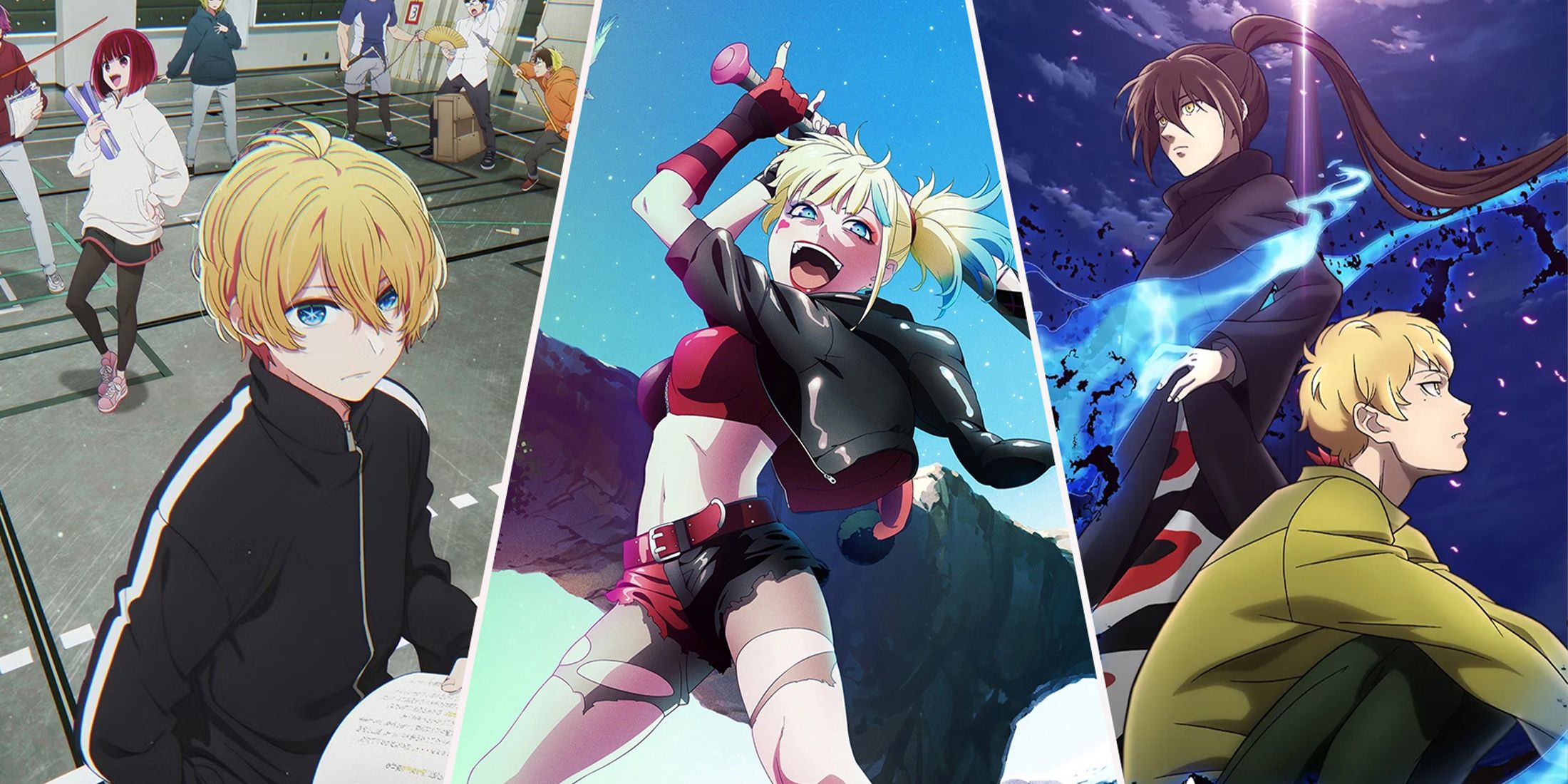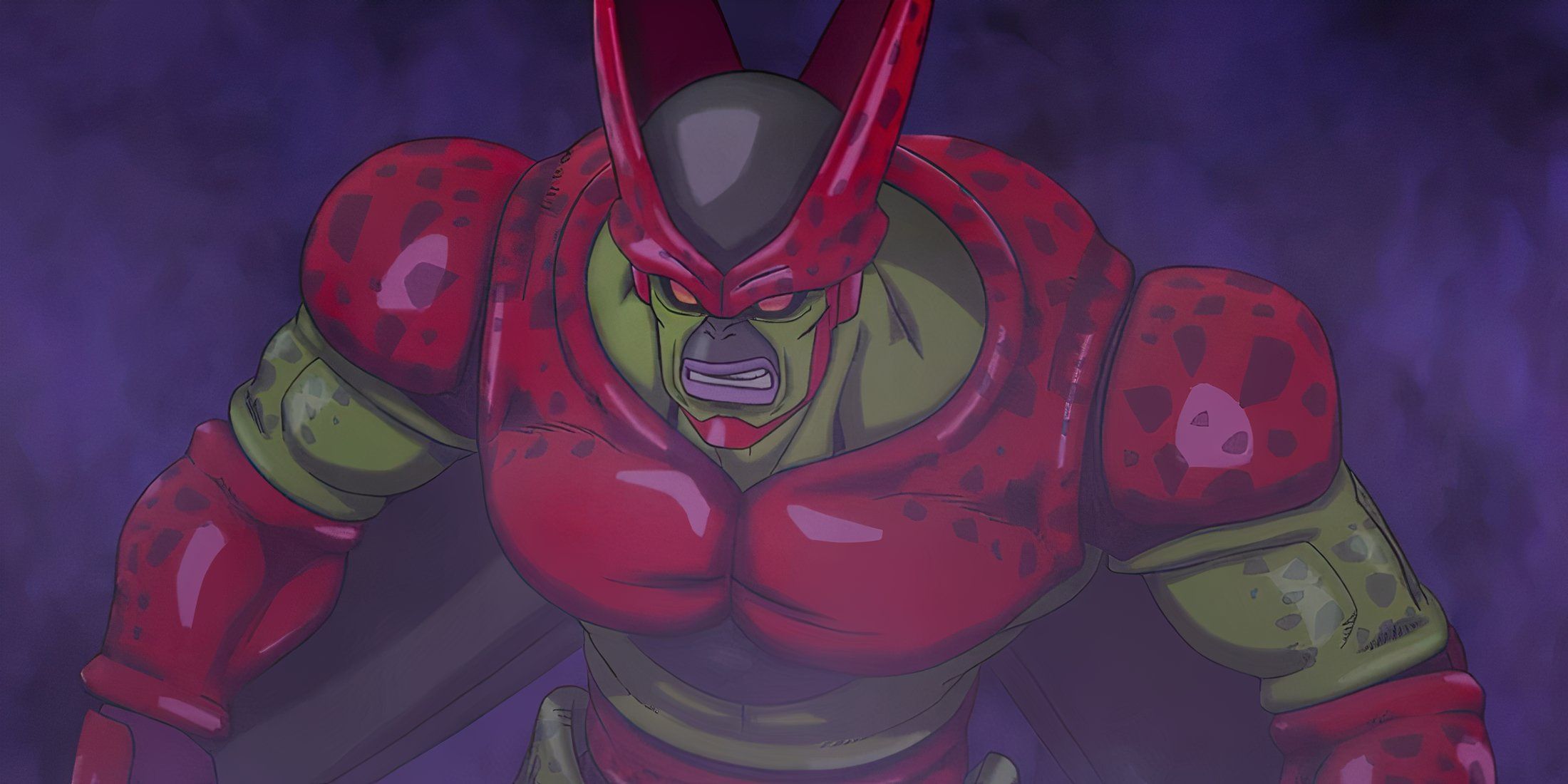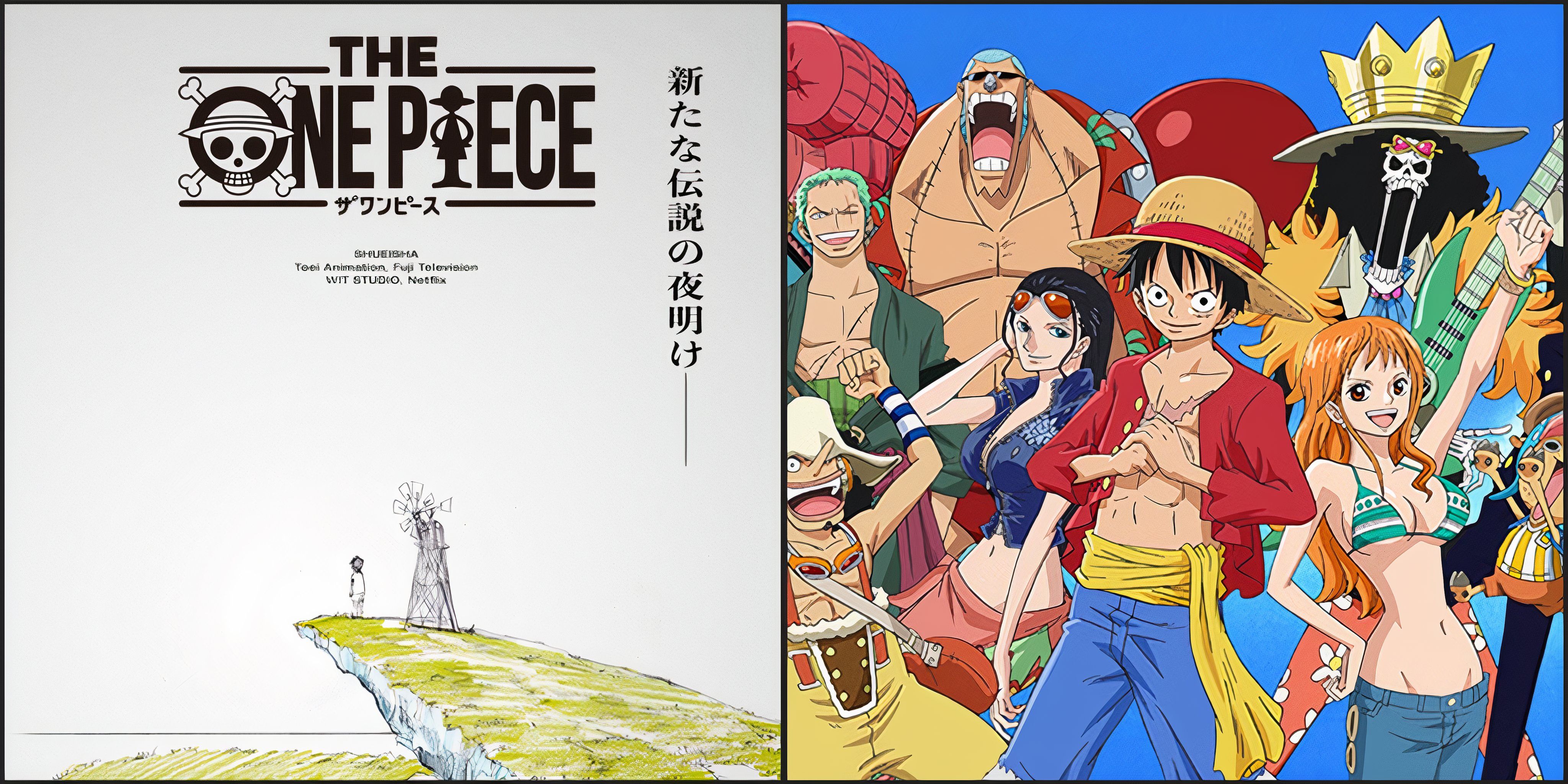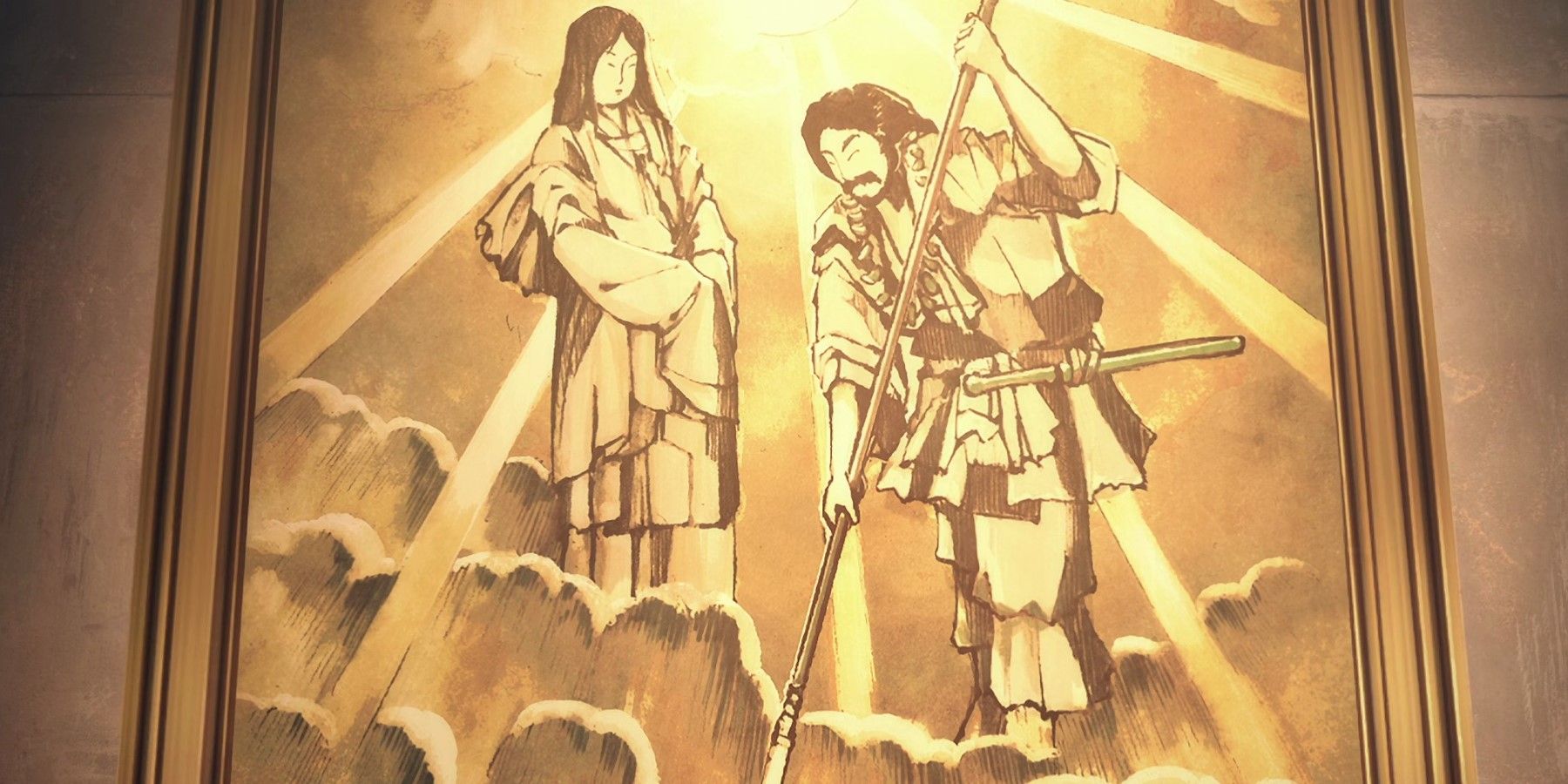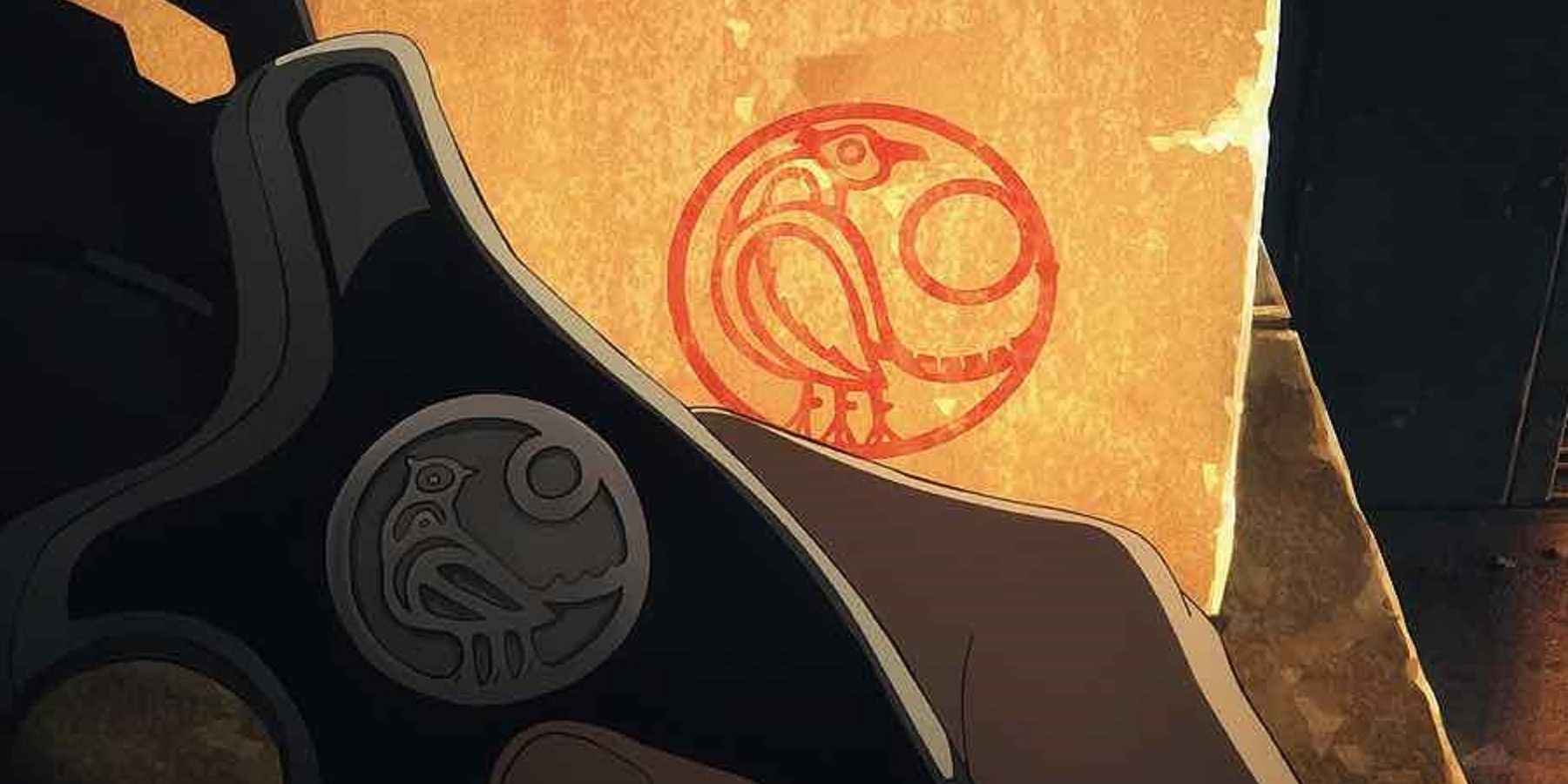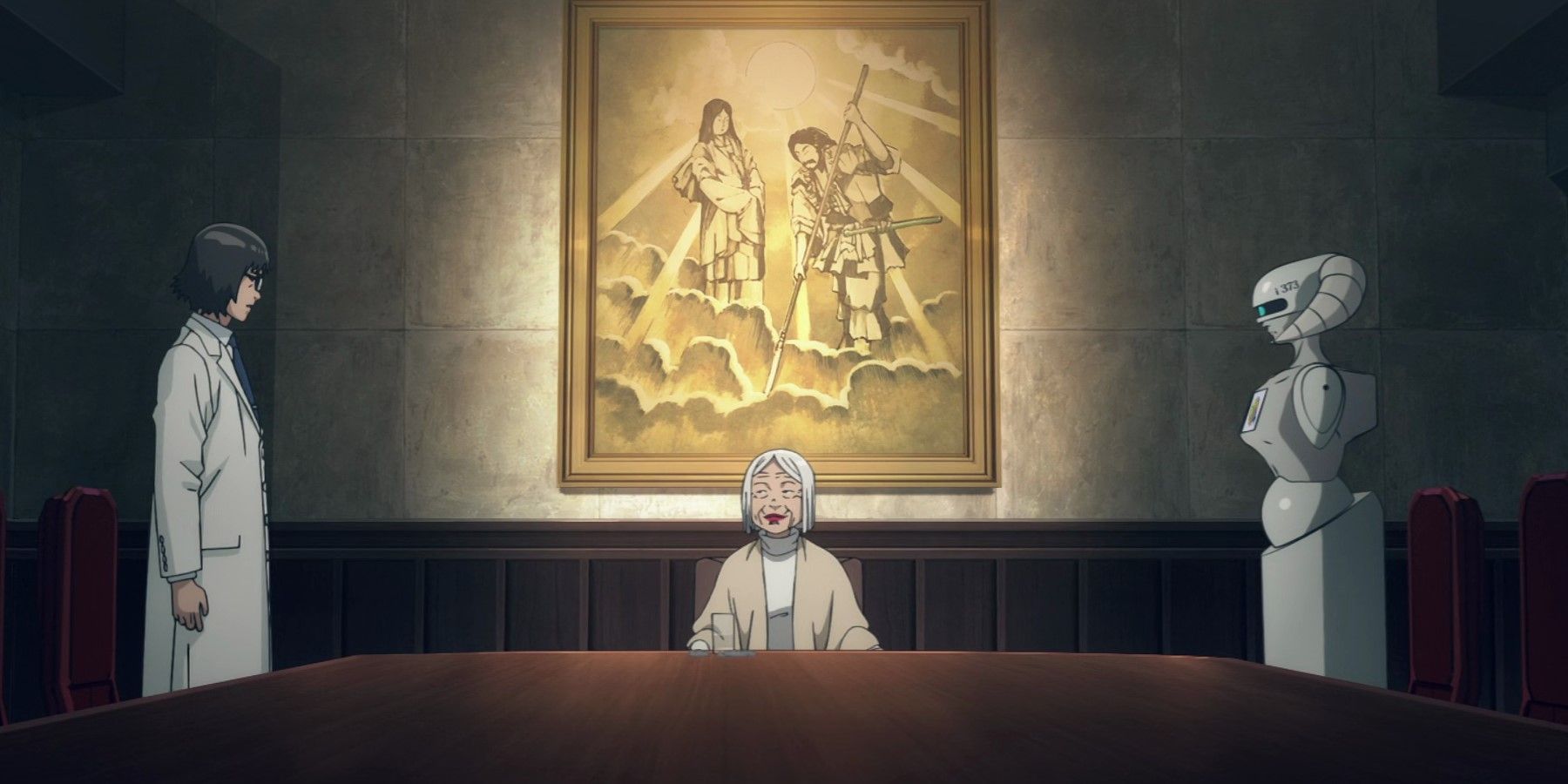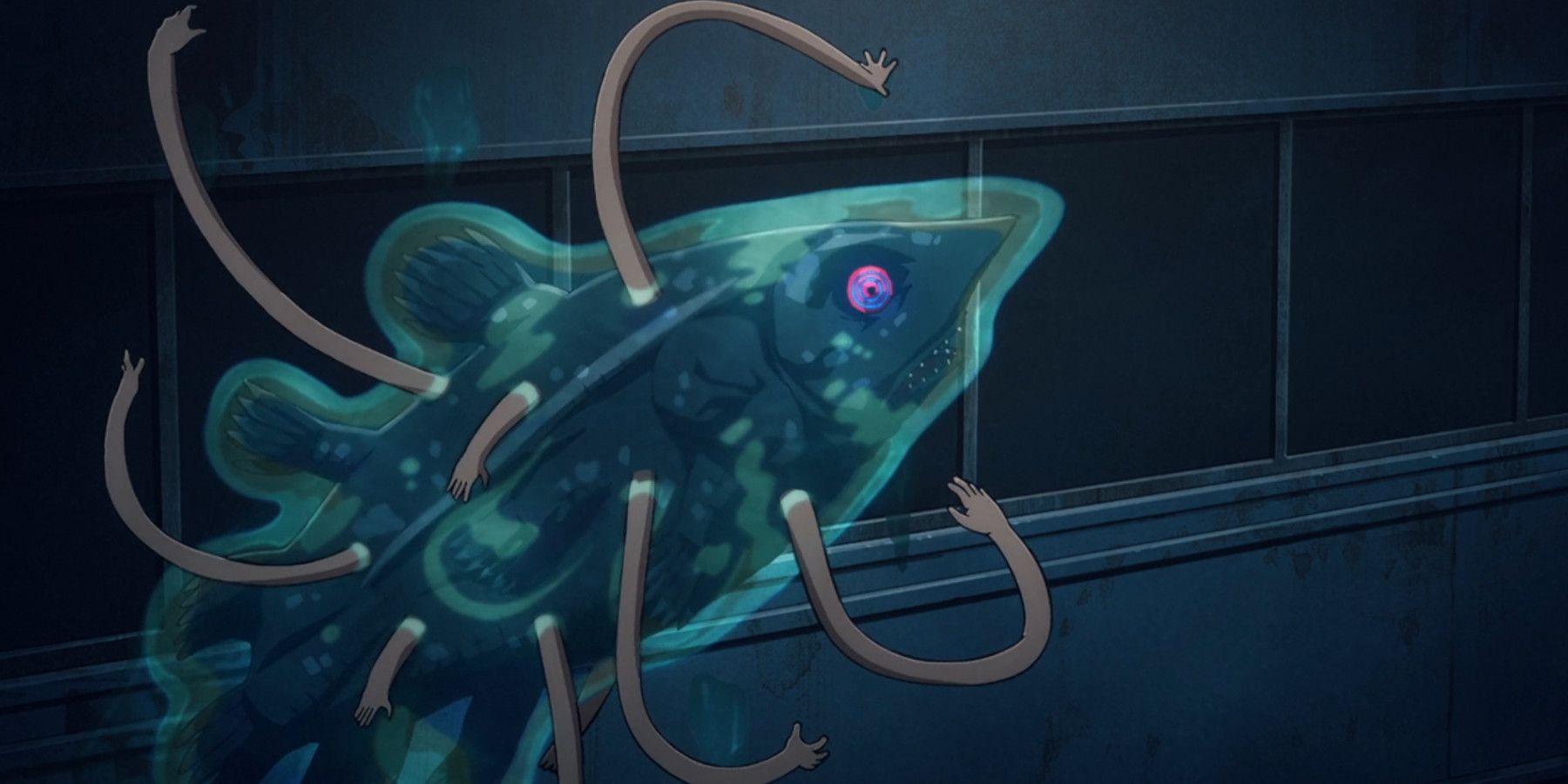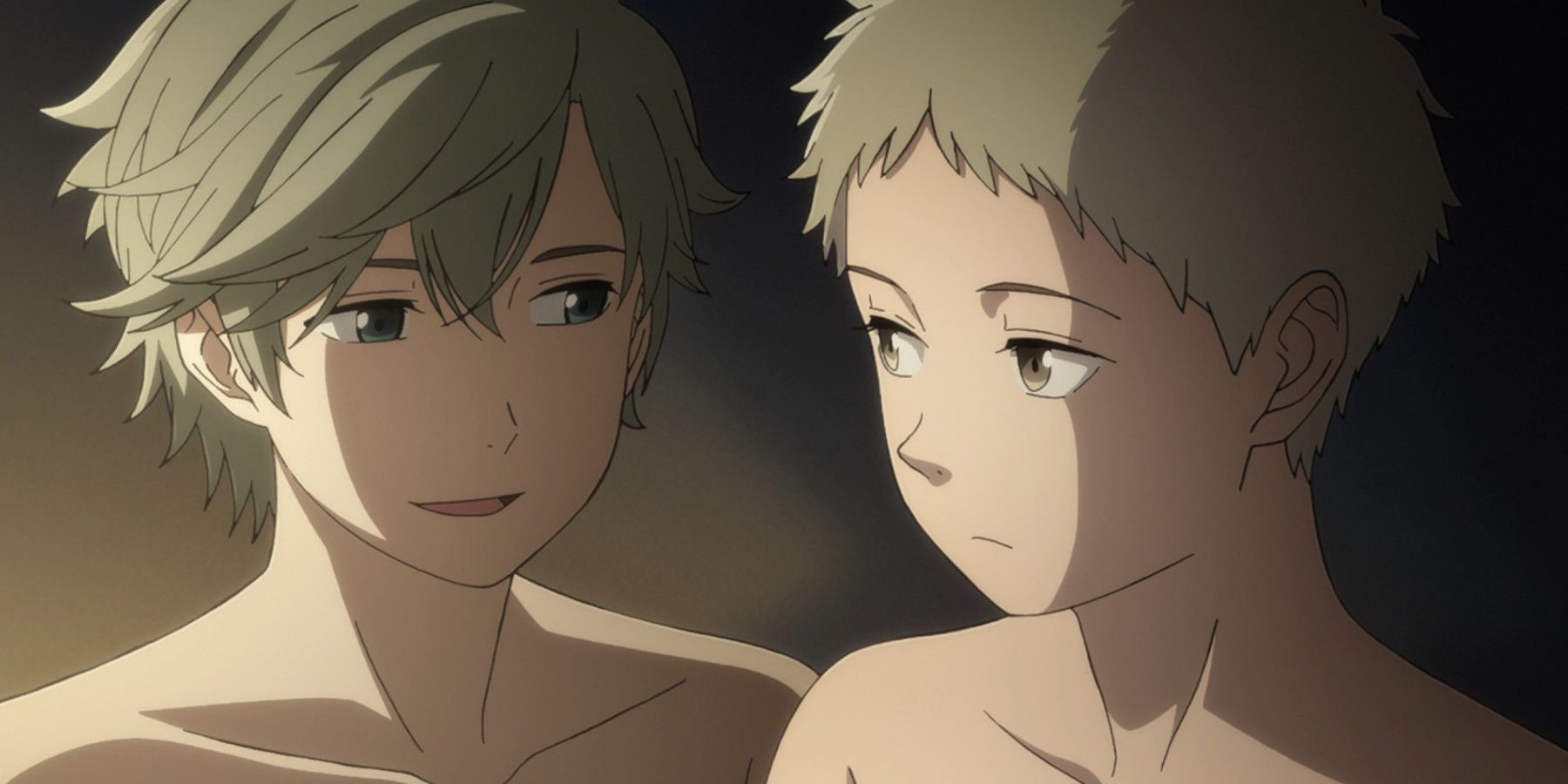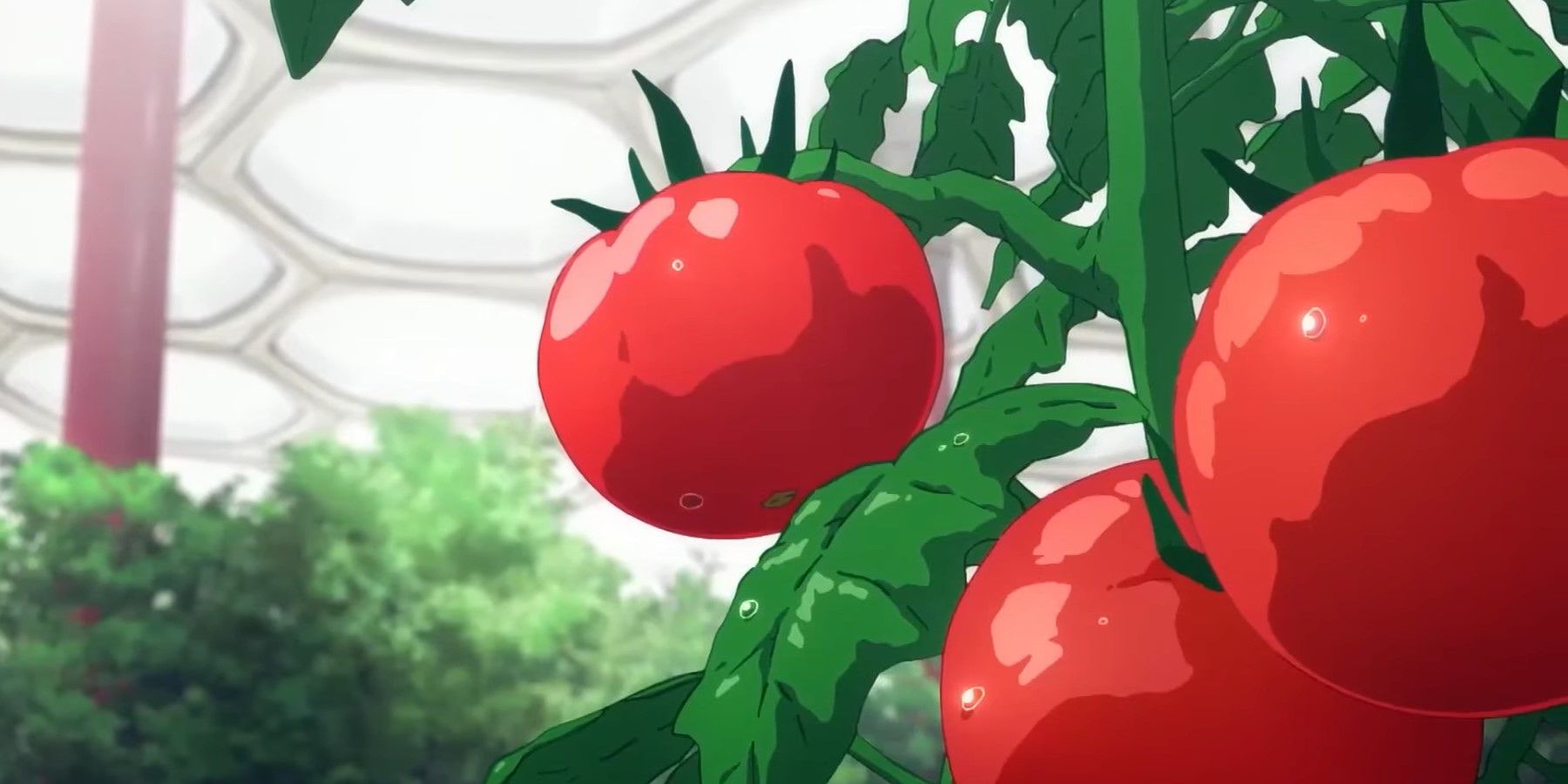The Heavenly Delusion narrative has been a confusing, exciting rollercoaster and over the course of its run, the series had incredible direction and animation. Told from two different perspectives, the story builds upon the relationship and journey of Kiriko and Maru as they move through the post-apocalyptic landscape towards a destination they don't know how to find; and the various talented children of an institution that seems like paradise.
The world's monsters, or "Hiruko" as Kiriko and Maru call them are one of the series' first hints at mythological inspiration, but over the course of the series that aired this Spring season, Heavenly Delusion has continued to throw out more of these hints as the plot progressed. In episode 12, the parallels of Heavenly Delusion to Japanese mythology stop being hinted at as "paradise" faces crisis, but the subsequent events bring up more questions than answers.
– Content Advisory: Some of the material discussed contains ableist rhetoric. –
Basic Context
Like with any other mythology, Japanese mythology has different understandings and depending on the source, the sequence of events will differ. The two main texts, the Kojiki (712 CE) and the Nihon Shoki (720 CE), feature some differences in their accounts of the origins of heaven, Earth and the Japanese archipelago. The creation myths also have the function of tracing the imperial line back to Emperor Jinmu, the legendary mythological founder of Japan and son of the Sun Goddess, Amaterasu Ōmikami, often simply referred to as "Amaterasu" – "The Great August Goddess Who Augustly Shines in Heaven". Like most mythological figures, Amaterasu has various names, and for this deep-dive, the name Ōhirume no Muchi (something akin to "Great Lady of the Sun") is going to be crucial.
Heaven and Earth Meet
Back to the beginning. The Kotoamatsukami ("distinguishing heavenly deities"), Ame-no-Minakanushi, Takamimusubi, and Kamimusubi are primordial entities who came into existence at the time of the creation of the universe – the creation of Takamagahara (Heaven) and Earth. Born after the formation of the universe are the seven generations of deities ("kami") referred to as the Kamiyonanayo – the seven generations of the age of the gods, which heralded seven divine pairs the last of which was Izanami-no-Mikoto ("She Who Invites") and Izanagi-no-Mikoto ("He-Who-Invites"), sometimes referred to as "Izanaki".
They are the progenitors of the Japanese pantheon beyond this point, and, with the use of the legendary naginata, the Amenonuhoko, given to them by their older siblings, Izanami and Izanagi stood on the bridge between heaven and Earth to part the land and sea, giving rise to the landmass called Onogoro as well as the islands of the Japanese archipelago. They descended from the heavenly bridge settled upon the island and erected a "heavenly pillar" near their home and decided on a marriage ceremony where they'd circle this pillar in opposite directions and procreate when they met on the other side.
The Resulting Leech
The monsters in Heavenly Delusion, whose origin is first alluded to be the Takahara Academy based on Tokio and Kuku's visit to see the creepy faceless "babies" in episode 4, are known as "Hiruko" to Maru and Kiriko, who are calling them that because Maru's guardian before Kiriko called them that. The target-like circular pattern seen on the "face" of the creepy babies matches the circular "eyes" of the various Hiruko seen throughout the series. It is also seen in Mina's chamber and is a clear circle with a dot in the center – the astrological glyph of the sun. The second and most damning allusion to this connection between the children and the monsters was actually the most subtle – each child's talent or special trait grew further beyond the realm of what is considered "natural".
With brief insight into the shocking childhood of eldest child Kona, specifically his strange telepathic powers; trauma from having witnessed his sister Asura's final moments, and his own propensity to depict some the very monsters that appear in the outside world in his drawings, the connection between the kids and the Hiruko on the outside grows clearer. The final nail in the coffin is the final episode in which, after a catastrophic incident sees the ceiling of Takahara Academy cave in and expose it to the outside world, the children are told that they're being tested and sent to the outside. The children themselves claim to be hearing the word "Hiruko", and feel a natural affinity to this name as if it is their real name. When Izanagi and Izanami decided to procreate that first time on Onogoro, Izanagi had issue with it because upon their meeting, Izanami greeted him first; however, Izanagi believed it was more proper for the male to initiate. They continued regardless, the result being the "deformed children" Awashima (the Island of Awa) and more notably, Ebisu, otherwise known as Hiruko.
The Birth of Death
Izanami and Izanagi set the children adrift on reed boats, considering them "imperfect children". They repeated their courtship ritual, this time giving birth to some of the various islands of the Japanese archipelago, as well as the deities that lived in these new lands; however, Izanami dies giving birth to the fire kami Kagutsuchi, who is then murdered by a grief-stricken, rageful Izanagi. He cuts his newborn son into eight pieces which became eight volcanoes and several deities, including the thunder god Takemikazuchi. This chaos; the mutilated remains of Kagutsuchi and his mother, as well as Izanagi's tears, produced more deities. Kagutsuchi's birth is regarded as the end of the creation arc, heralding the beginning of death. Wishing to see his wife again, Izanagi descends to Yomi, the Underworld in Japanese mythology, in hopes of bringing her back.
He manages to locate Izanami in the Underworld, but the shadows cover her face, so he can't see her face very well. Surprised that he came to get her, Izanami tells him that she has already eaten food cooked in the hearth of the underworld, so return is no longer possible. Izanagi is adamant, so they depart, but she tells him to promise not to look at her; however, he betrays this promise and lights a fire which illuminates his formerly beautiful wife's rotting form. He flees the Underworld with Izanami in hot pursuit, who inflicts a curse on him in her rage. Izanagi seals the entrance with a boulder and performs misogi – cleansing himself of impurity by bathing in a river; an action which begat several deities, including the "Three Precious Children" – Tsukuyomi and Susano'o (-no-Mikoto), as well as the sun goddess Amaterasu, who presides over the realm of Takamagahara.
Heavenly Delusion
The Yatagarasu symbol seen on Kiriko's gun in Heavenly Delusion is the first clue that they get in terms of locating "Heaven", which is the Takahara Academy based on the fact that the crow logo is the school's emblem. Yatagarasu is a guiding god sent by Amaterasu to guide the Emperor Jinmu to a location in Nara Prefecture and take control of it from its inhabitants, both mortal and divine. The next major connection is the relationship between Kona and Tokio, from which a set of twins was born; however, Tokio's own twin (or Doppelgänger) is Maru, an individual that Mimihime has seen in her insights. The painting focused on in episode 12 of Heavenly Delusion is the depiction of Izanagi and Izanami's parting of the sea, which was made to parallel the caving in of the academy ceiling. Asura's name brings an entirely different but related mythical element: the asura, or demons found in Dharmic religions.
The sun glyph at Takahara Academy (and in the eyes of the Hiruko) connects the crow to Amaterasu, but the "hiru" in "Hiruko" could be understood as "daytime", again invoking the sun. On the other hand, there's the glaring issue of Robin Inazaki, whose name rearranged gives us "Izanaki", an idea that has horrifying implications especially considering his atrocious actions in the last two episodes and the contents of that locked room at the plant. It is possible that the kids from the facility themselves are the Hiruko; however, the locked room points towards the manufacturing of horrors beyond Takahara. Another interesting element is that Takahara Academy is missing just one syllable to have the same name as the Plane of High Heaven, Takagahara in Japanese mythology. How these pieces truly overlap and connect in the grand scheme remains a mystery, but the mythological parallels are unmistakable.

